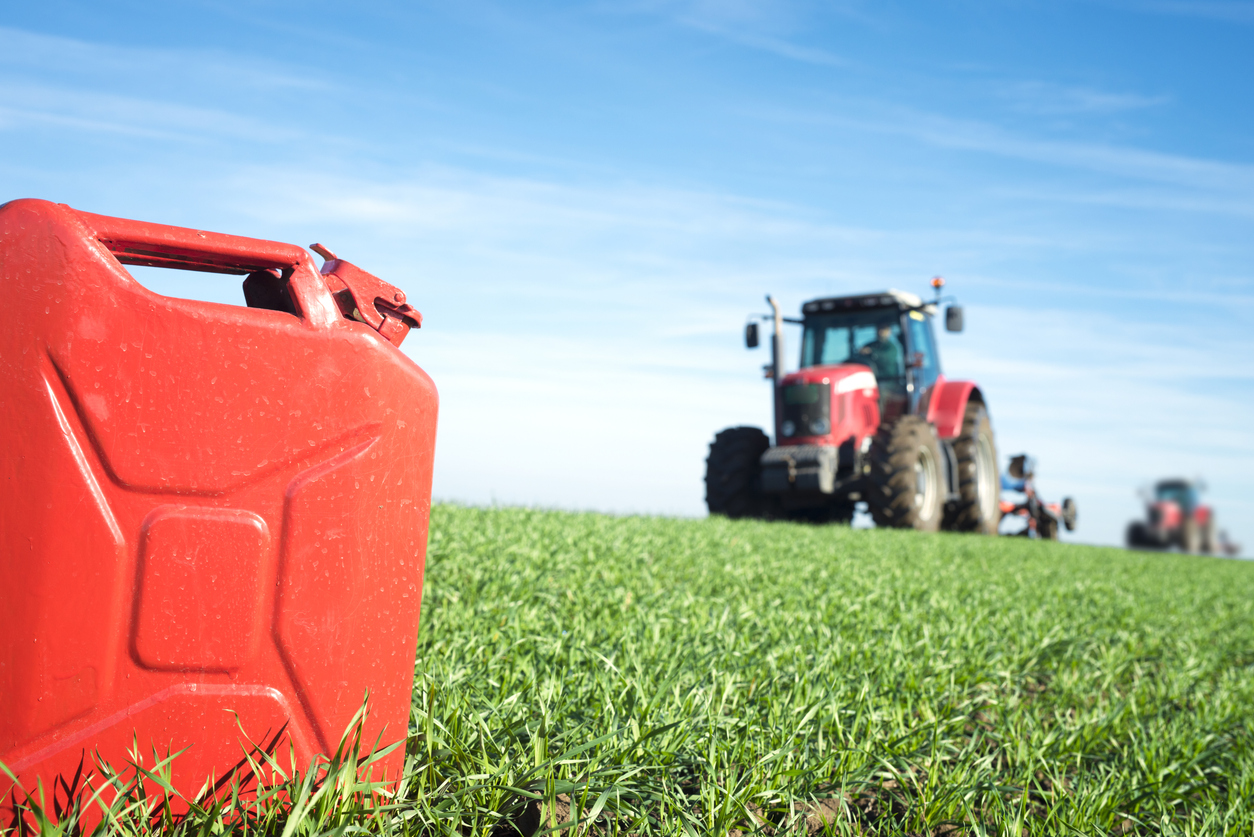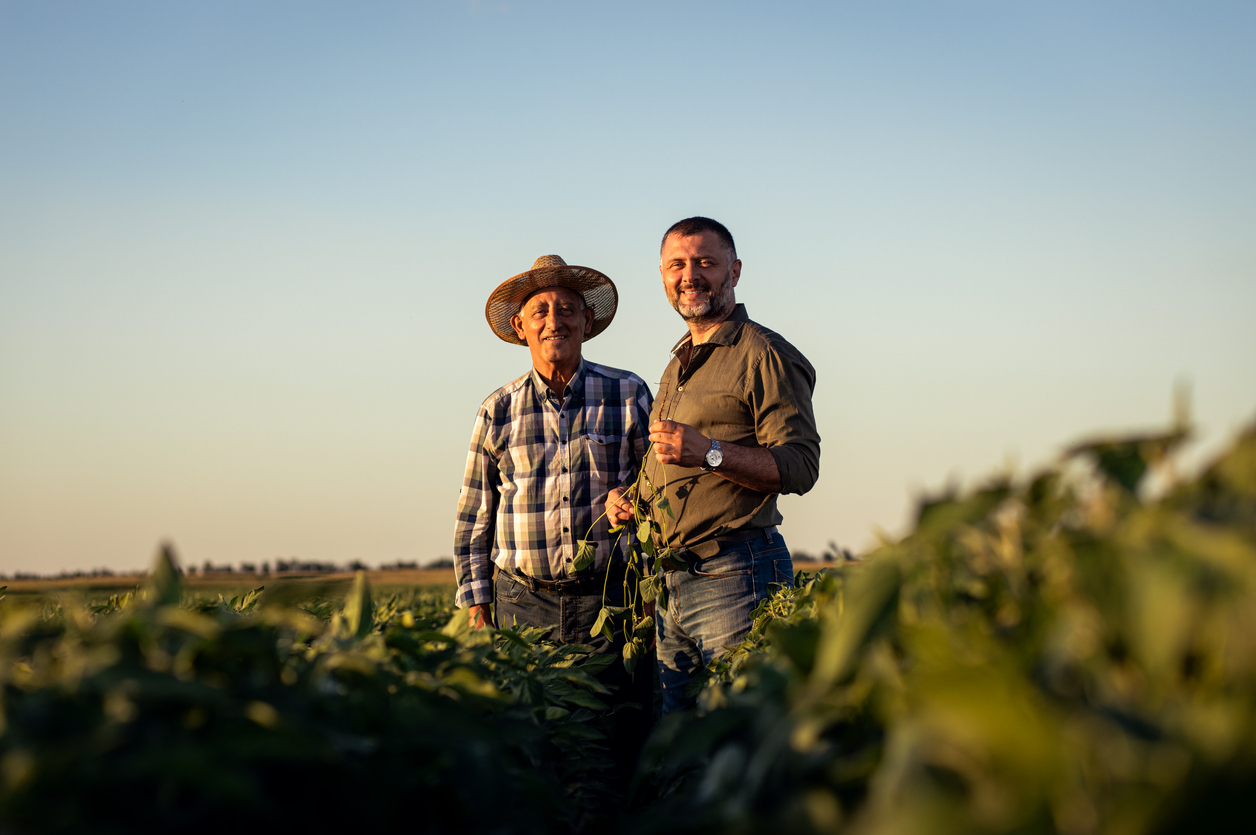Related Articles
A common phrase at my parents’ dinner table was, “Drink your milk. You need to keep the cows in business.” Milk is the second highest valued commodity in Washington and brings thousands of jobs to our state. Washington, however, has done a poor job at encouraging dairies to stay in business this year.
The Washington dairy industry has faced a number of accusations from both environmental activists as well as government agencies including the Environmental Protection Agency (EPA) and the Washington State Department of Ecology (Ecology).
The battle against dairies started as four farms in the Yakima Valley were targeted as the main source of water quality contamination by the environmental group, Conservation Association to Restore the Environment (CARE). In January 2015 a Spokane judge ruled in CARE’s favor despite evidence showing water quality issues pre-dated the dairies, and that other factors, like septic tanks and runoff from urban areas, contribute.
The judge’s ruling was a backward move for agriculture as the decision decided that manure, when improperly managed, is a solid waste under federal law – going against precedence and disregarding the regulatory standards dairies have maintained. In July 2015, Whatcom Family Famers released a good summary of water quality and dairies. Three of the dairies settled in March 2015 with the EPA to minimize further costs of a legal battle – one dairy went out of business during this process.
Ecology added to the challenges when new Water Quality Standard permits were drafted for both Surface and Ground Water. In October 2015, Ecology proposed that the current standards for clay-lined manure lagoons are sub-par and have the potential to leak into groundwater. The proposed rule required the upgrades whether there was evidence of groundwater contamination or not.
After listening to dairy farmers, Ecology stepped back from this position and removed it from the permit draft. The agency recognized that clay-lined lagoons are not automatic polluters of groundwater and the new regulations would be too costly for many dairy farms. Dairy farmers worked with Ecology in order to create a reasonable solution that honored their right to due process and the need to demonstrate negative environmental impact.
The attack on the dairy industry took on new urgency when the “What’s Upstream” campaign made headlines earlier this year. EPA-sponsored billboards claimed Washington dairy cows wandered into streams, creating pollution and harming salmon. Rather than acknowledge these claims were far from the truth – not to mention the questionable legality of the government-sponsored campaign - parties continued to accuse agriculture of having no concern for the environment.
The billboards and a subsequent op-ed in The Seattle Times led the public to believe that there are no regulations on agricultural pollution. That is obviously false. In fact, the dairy industry in Washington have lived under comprehensive and effective environmental regulations for decades. A few of these policies include:
- Federal Clean Water Act;
- Washington state Dairy Nutrient Management Plan (NDMP);
- Washington state Water Quality Standards for Surface and Ground Waters; and
- Washington state Solid Waste Handling Requirements.
Now, Ecology is trying to add more unnecessary regulatory burdens on the state’s dairy industry. On July 7th Ecology posted the proposed draft of the revised Solid Waste Handling Requirements which removed the exemptions from manure handling. Comments are due by September 6, 2016. The exemption in the previous version prevented legal redundancy because the handling of manure is covered under the NDMP. Attempts to implement redundant regulations burdens taxpayers and adds ineffective and unnecessary regulation in an already effective system.
In 2013, the Washington dairy industry contributed $5.2 billion to our state’s economy and had $1.2 billion in total dairy product sales. Attacks on dairies continued this last year despite significant improvements made within the state. Washington State Department of Agriculture’s (WSDA) July 11th report shows compliance rates for manure management practices from 2014 to 2016 rose from 87% to 92%.
These needless attacks on dairy farmers risk putting dairies out of business. Excessive regulatory burdens encourage dairy farm families to migrate to less regulated regions and is largely comparable to property values encouraging relocation. Washington’s dairy cow inventories only increased 17% from 1990-2015, where Idaho’s have increased by 227%. A portion of this difference can be explained by lighter regulatory burdens in Idaho.
Dairy farm families must spend more time and money to lobby and fight legal battles, and new, unnecessary on-farm regulatory requirements. In the end attacking dairies hurts everyone as we pay for redundant policies.




